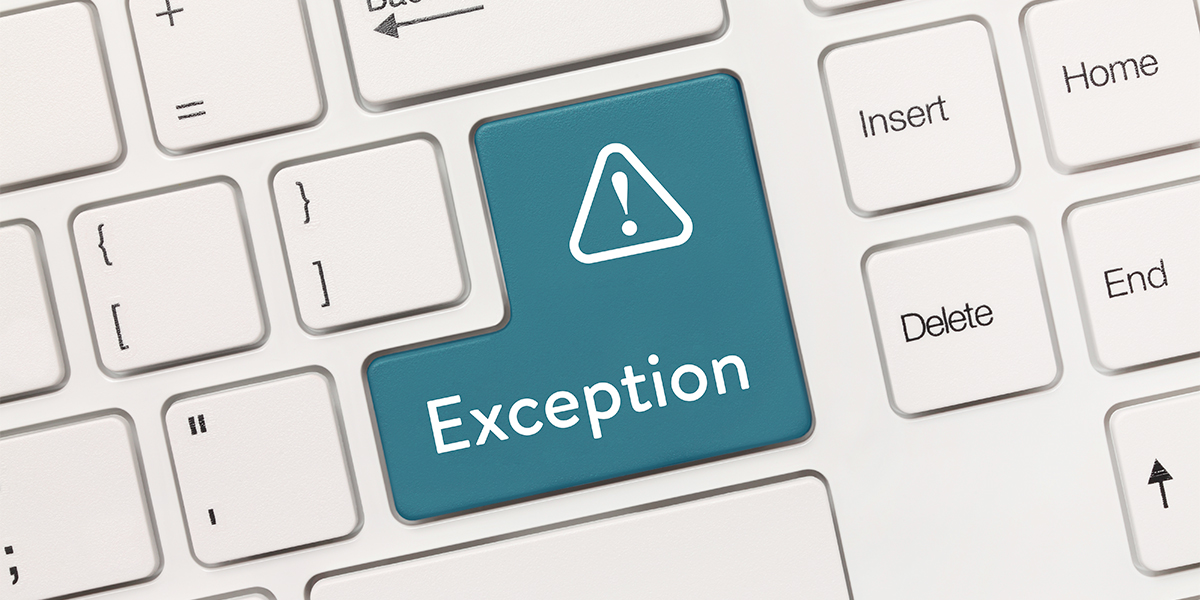Find the latest news from the Office of Accessibility. Once a month we will bring you tips, articles, and ways to learn more about digital accessibility. Want an easier way to stay informed? Subscribe to the Accessibility Newsletter!
Part 1 delves into why we have exceptions and how we determine whether an application requires one.
2/26/2025 8:00:00 AM

Content author: Office of Accessibility
Like most states and other large organizations, the State of Minnesota buys a lot of its technology. We depend on a wide range of vendors to provide us with digital applications and services. They range from highly specialized apps, such as a laboratory tool, to Software as a Service (SaaS) tools (cloud-based model for delivering software applications over the internet) used by every state employee.
By state law, every one of these digital tools must be accessible – whether it is for use by a single state employee or by the general public. Our State's Digital Accessibility Standard uses the Web Content Accessibility Guidelines (WCAG) 2.1 and the amended Section 508 of the Rehabilitation Act to measure accessibility.
When a technology doesn’t meet our accessibility standard, agencies must file an Accessibility Exception.
When an agency needs to buy technology for a particular purpose, they need to find out whether it presents any barriers to users with disabilities. The quality of information depends on a variety of factors. For example:
If an agency gets all the above information, it should have a good idea of whether the technology is accessible. If an agency gets no information, it may have to assume it isn’t accessible until they have an opportunity to use it.
It’s important to note that “accessible” doesn’t mean the technology must pass every single WCAG criteria with flying colors. Rather, there are two general, intertwined questions to ask:
The agency can declare the application accessible if one of the following apply:
In some cases, even with a credible ACR and a roadmap to fix known issues, the agency may still file a short-term exception with a plan to close it once the fixes are implemented.
In all other cases, the agency must file an exception to purchase the application.
The purpose of an exception is to help the agency:
For example, the agency must:
Ideally, the agency should also work with the vendor to improve the product’s accessibility.
All exceptions have a time limit based on the level of risk it represents. The higher the risk, the shorter the exception period. Prior to expiration, the agency reviews the exception and determines whether to:
In part 2 of this ‘Accessibility Exceptions at the State’ series, we will examine how the state assigns the level of risk to exceptions.
Would you like to learn more about the accessibility work being done by Minnesota IT Services and the State of Minnesota? Once a month we will bring you more tips, articles, and ways to learn more about digital accessibility.
Accessibility
Accessibility